TNS Earthing System – In Electrical Engineering terms, the earthing or grounding system is the point of reference in an electrical circuit from which the voltages are estimated. The earthing system or the grounding system also has the function of providing a common return path for electric current through a physical connection to the geology. In an electrical installation, an earthing system electrode connects specific parts of that installation with the Earth’s conductive surface for safety and functional purposes. In this article, we will discuss a type of earthing system called the TNS earthing system. Read this new blog in Linquip to find out more.
You can find all the information you need about TNS earthing equipment and devices on Linquip’s website. If you have any questions about the TNS Earthing System, Linquip’s experts are ready to assist. Start by reading Linquip’s article entitled, “What Is TNS Earthing System?“.
If you wish to gain access to all of the features available, you will need to register as a Linquip Expert. Have you ever considered Guest Posting on the Linquip platform? The Linquip platform offers the option to submit guest posts.
How We Write this Blog Post about TNS Earthing System?
The TNS earthing system is an important concept in electrical engineering, and it is essential to understand its characteristics and how it works. At Linquip, we believe that providing accurate and reliable information about this topic is crucial for our readers’ safety and well-being. That’s why we have dedicated a team of experts to research and analyze various sources and web pages to ensure that our readers receive the most up-to-date and comprehensive information about TNS earthing systems.
When writing this blog post, we followed a rigorous process that involved analyzing various sources and web pages, consulting with our experts, and drawing on our previous experiences. Our team of experts conducted extensive research on TNS earthing systems to ensure that we provide accurate and reliable information to our readers. We also consulted with our experts to ensure that we covered all aspects of this topic comprehensively. Finally, we drew on our previous experiences in writing technical articles to ensure that our blog post is informative, engaging, and easy to understand.
Characteristics of TNS earthing system
TN-S systems have a single neutral-to-earth connection, placed as near as possible to the supply transformer and separate supply cables throughout. In low voltage supplies, the transformer can even be connected to the sheath of the supply cable which will give a separate route back to the substation transformer.
The characteristics of the TNS earthing system are as follows.
- When the system is running normally, there is no current on the dedicated protection line, but there is an unbalanced current on the working zero line. There is no voltage on the PE line to the ground, so the zero protection of the metal shell of the electrical equipment is connected to the special protection line PE, which is safe and reliable.
- The working neutral line is only used as a single-phase lighting load circuit.
- The special protection line PE is not allowed to break the line, nor can it enter the leakage switch.
- If the earth leakage protector is used on the L line, the working zero line must not be grounded repeatedly, and the PE line has repeated grounding, but it does not pass through the earth leakage protector, so the leakage protector can also be installed on the TNS system power supply L line.
- The TNS earthing system is safe and reliable, suitable for low voltage power supply systems such as industrial and civil buildings. This system must be used before the construction works begin.
- The TNS system may be used even with flexible conductors and small conduits.
- Due to the separation of the neutral and the protection conductor, this system provides a clean PE (computer systems and premises with special risks).
- Large consumers may have one or more HV/LV transformers dedicated to their installation and installed adjacent to or within their premises. In such situations the usual form of system earthing is TNS.
TNS earthing system diagram
In the TNS earthing system, there is an earth terminal at the incoming mains position. This earth terminal is connected by the supply protective conductor (PE) back to the start point (neutral) of the secondary winding of the supply transformer, which is also connected at that point to an earth electrode. The earth conductor usually takes the form of the armor and sheath (if applicable) of the underground supply cable. The system is shown diagrammatically in the figure below.
What does TNS stand for?
The international standard IEC60364, part 4, and Reference 10 explain the five basic methods of the earthing system.
The first letter denotes the source of power from a star-connected winding. T denotes that the start point of the source is solidly connected to the earth, which is usually at a location very near to the winding.
The second letter denotes the consumer. The consumer equipment needs to be earthed. Two basic methods can be used to earth the body of electrical equipment. These methods are denoted by the letters T and N. The letter N is sub-divided into other letters, S and C.
Therefore in the TNS earthing system:
- T denotes that the consumer has solidly earthed independently of the source earthing method.
- N denotes that a low impedance conductor is taken from the earth connection at the source and noted directly to the consumer for the specific purpose of earthing the consuming equipment.
- S denotes that the neutral conductor routed from the source is separated from the protective earthing conductor, which is also routed from the source. This implies that five conductors need to be routed for a three-phase consumer.
So this is all you need to know about the TNS earthing system. If you enjoyed this article in Linquip, let us know by leaving a reply in the comment section. Is there any question we can help you with? Feel free to Sign Up Linquip on our website to get the most professional advice from our experts.
What Are TT and TN Earthing?
IEC 60364 defines three earthing families: TN, in which the electrical supply is earthed, and the customer loads are earthed separately; TT, in which only the customer loads are earthed; and IT, in which only the electrical supply is earthed.
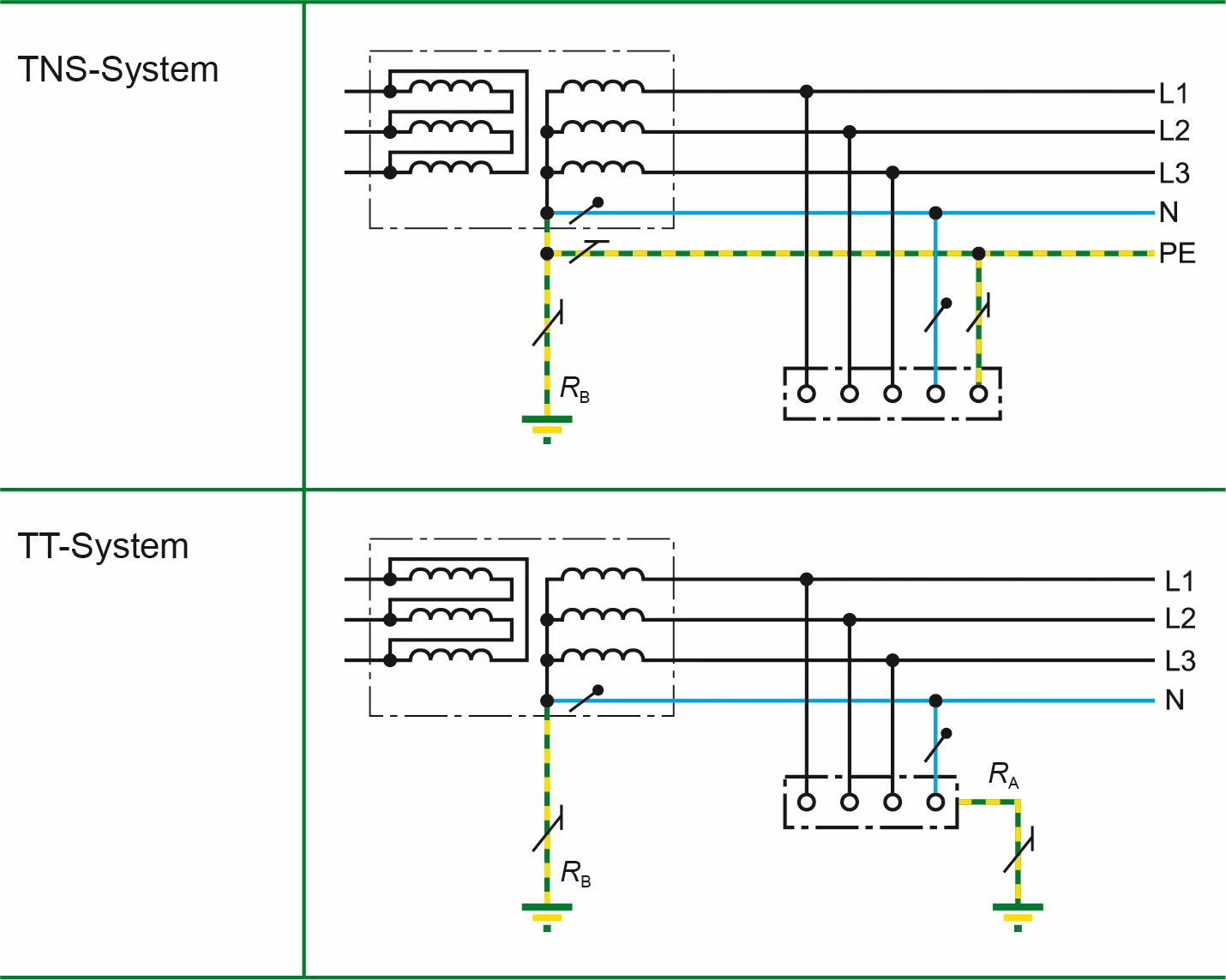
TNS vs. TNC; What Is the Difference?
The main difference between these two methods of earthing is that with a TNS, the earth core back to the substation is a separate one, while with a TNCS, the earth and neutral are the same core (CNE).
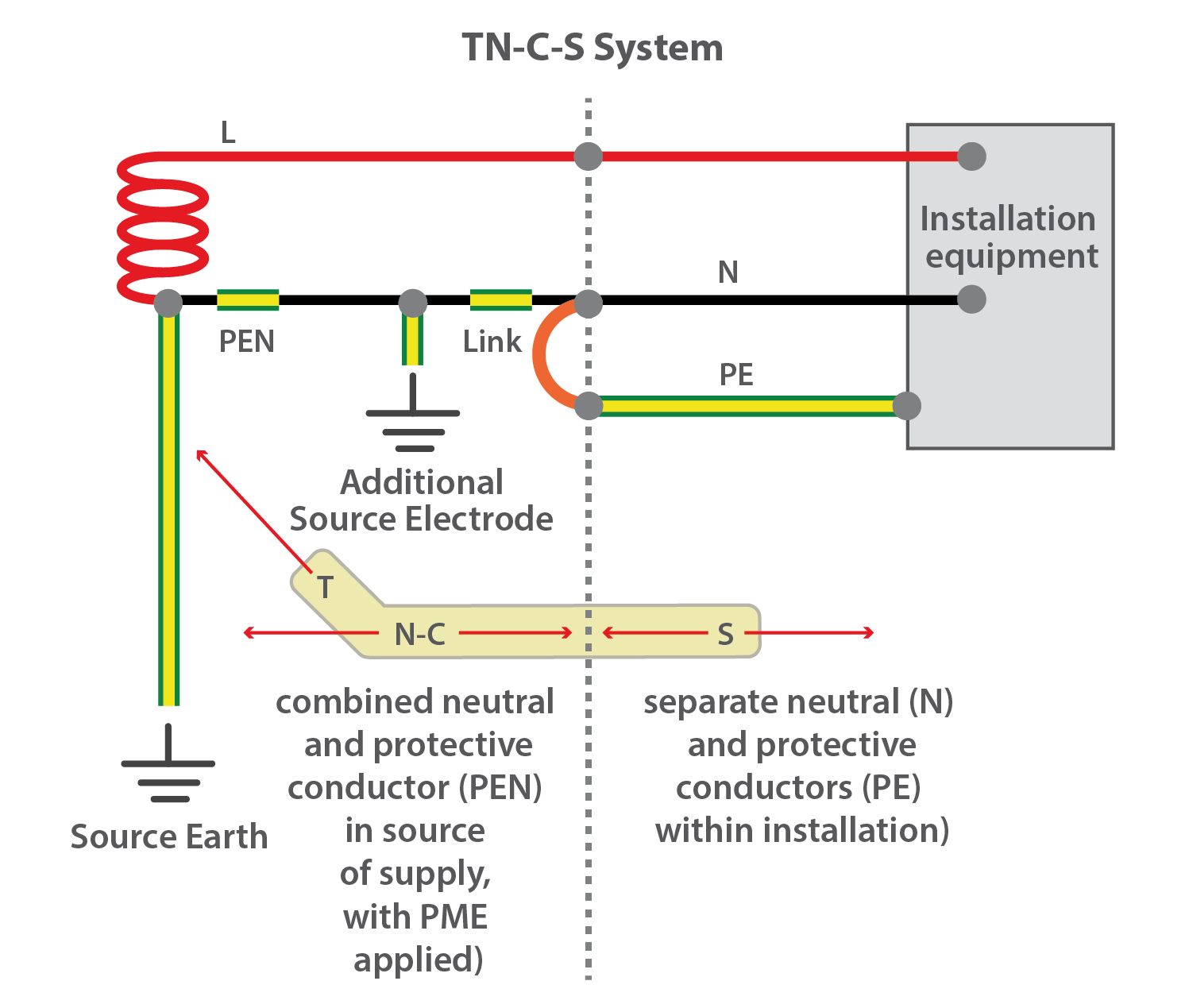
How Much Can the Largest Ze Be for a TNS System?
According to Regulation 313.1, the value of the external earth loop impedance (Ze) can differ from the maximum value announced by the electricity distributor, which is often: 0.8 Ω for TN-S systems. The TN-C-S system requires 0.35 Ω.
Download TNS Earthing System PDF
Buy Equipment or Ask for a Service
By using Linquip RFQ Service, you can expect to receive quotations from various suppliers across multiple industries and regions.
Click Here to Request a Quotation From Suppliers and Service Providers
Read More In Linquip
- Earthing System: A Simple Explanation about Grounding System
- IT Earthing System: The Key and Essential Facts Everybody Wants to Know
- Difference Between Grounding and Earthing
- Types of Electric Circuits: All Classification with Application
- Thermocouple Types: A Complete Comparison Between Them
- Important Detailed Information About The Types of Transducers

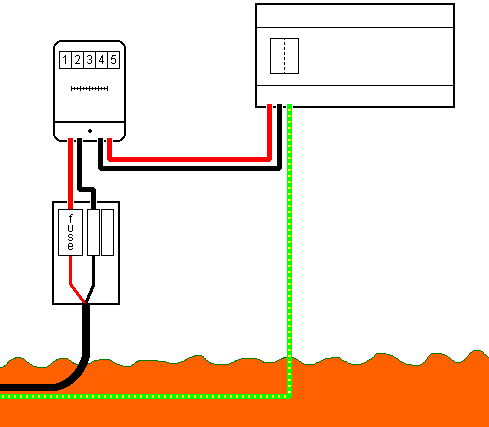
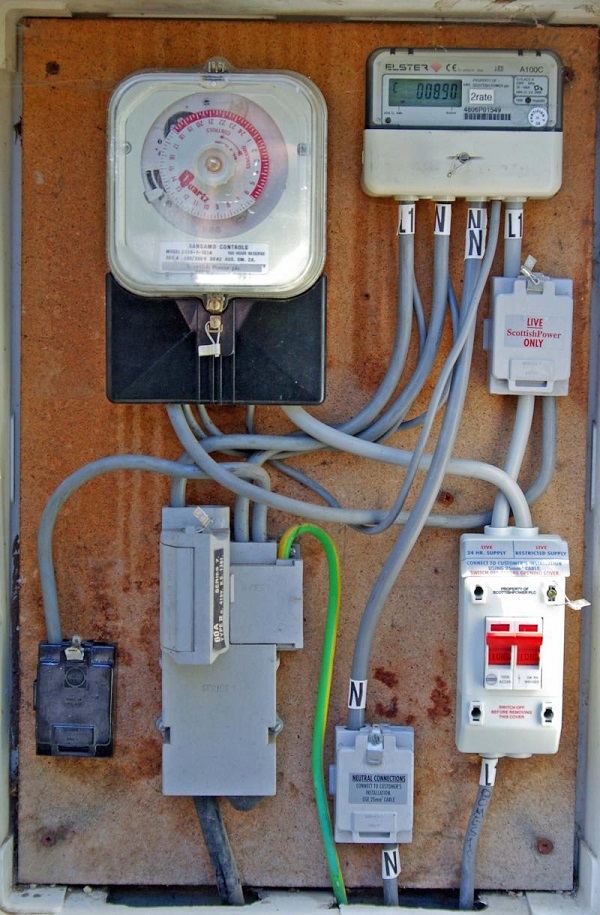
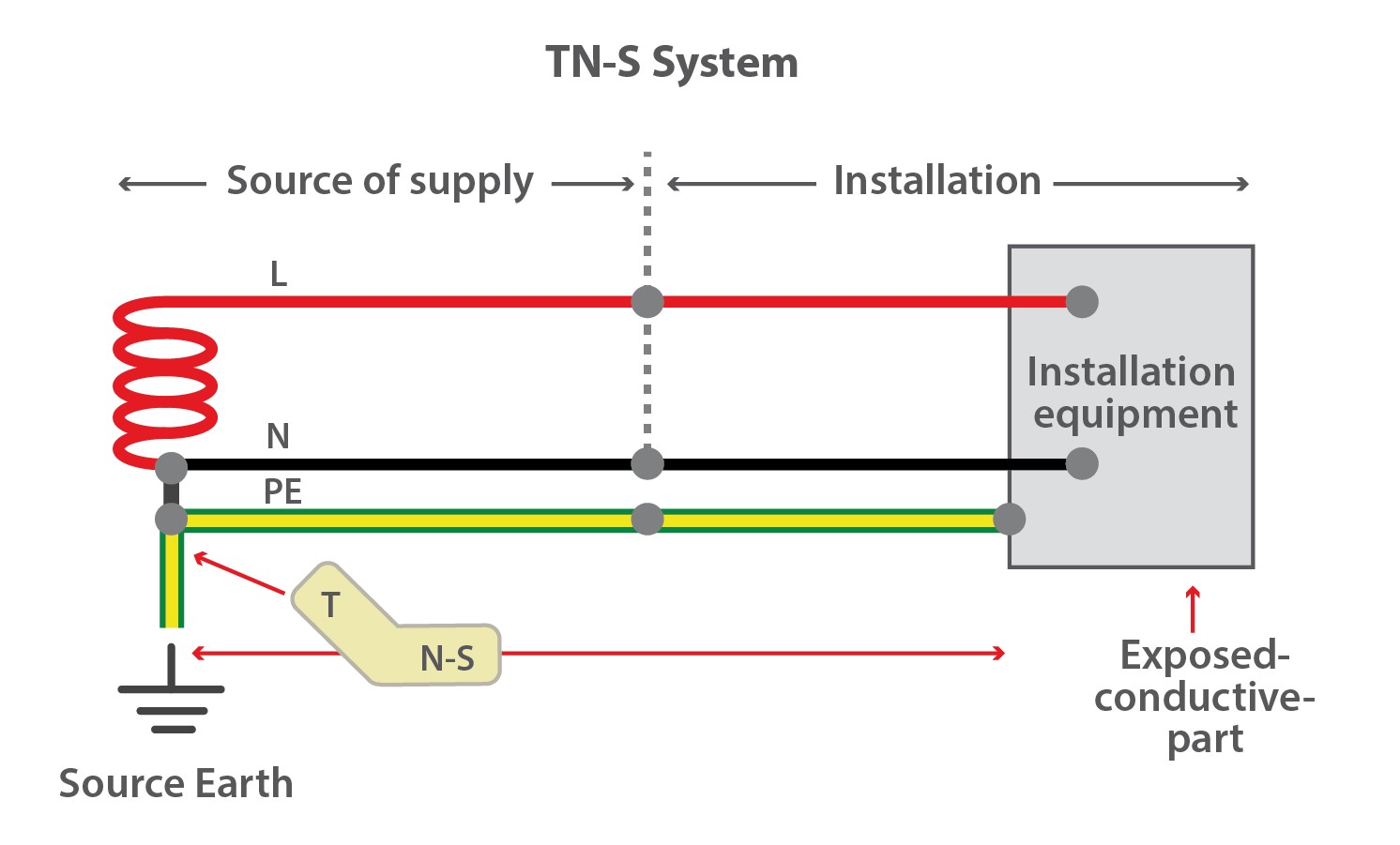


Thank you very much for this simplified and well illustrated explanation. It turned out very useful for me.
Thanks for visiting our website and leaving your comment, Balaji! We hope to hear from you again in our other posts.
Thanks. A very clear explanation of different supply methodology,
All the best
Thanks for visiting our website, Robbie! We encourage you to visit Linquip website, where you can find numerous equipment based on your application and demand.
Thanks for visiting our website and leaving your comment, Robbie! You are encouraged to visit Linquip Tech News, where you can find similar posts.
Hou can i connect a inverter supply to be abel to preform a earth loop test and elcb test . My inverter got a live and neutral and earth output source .